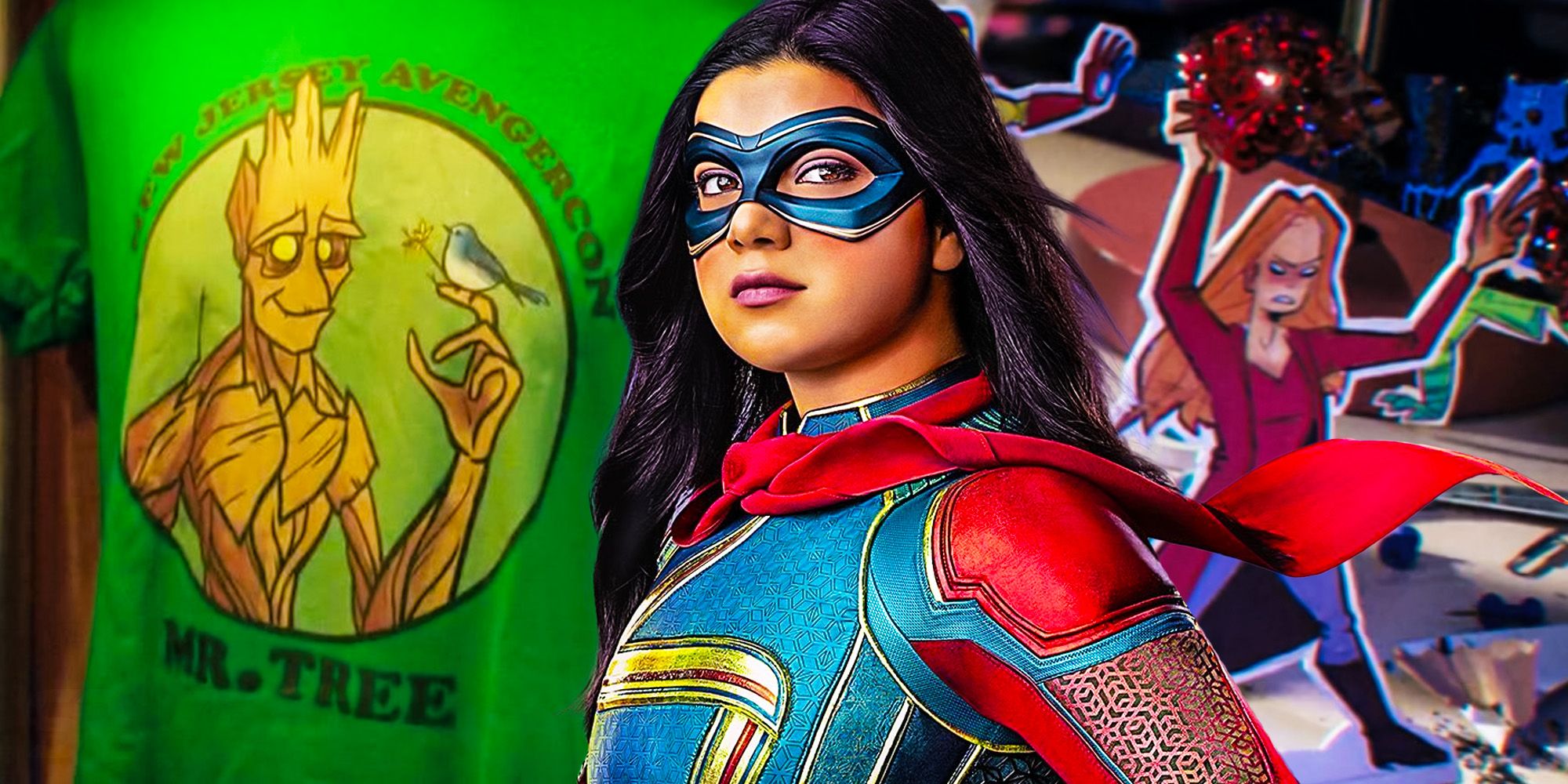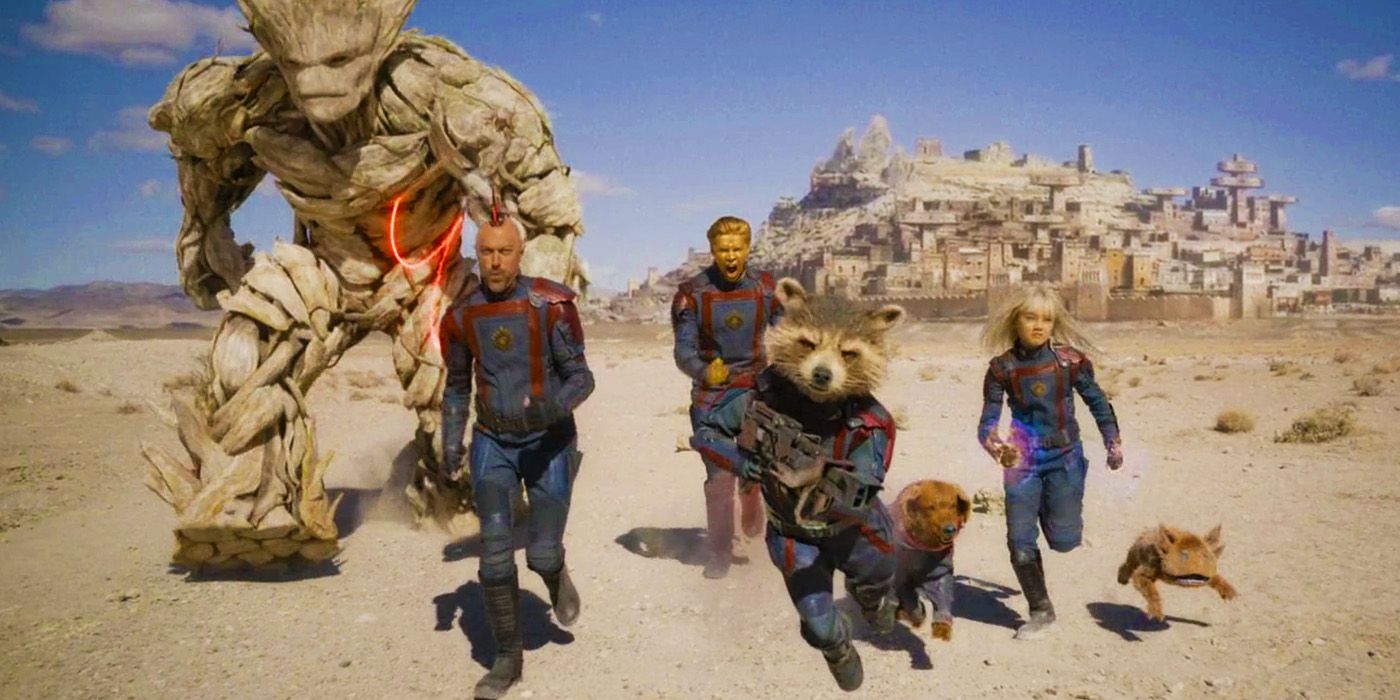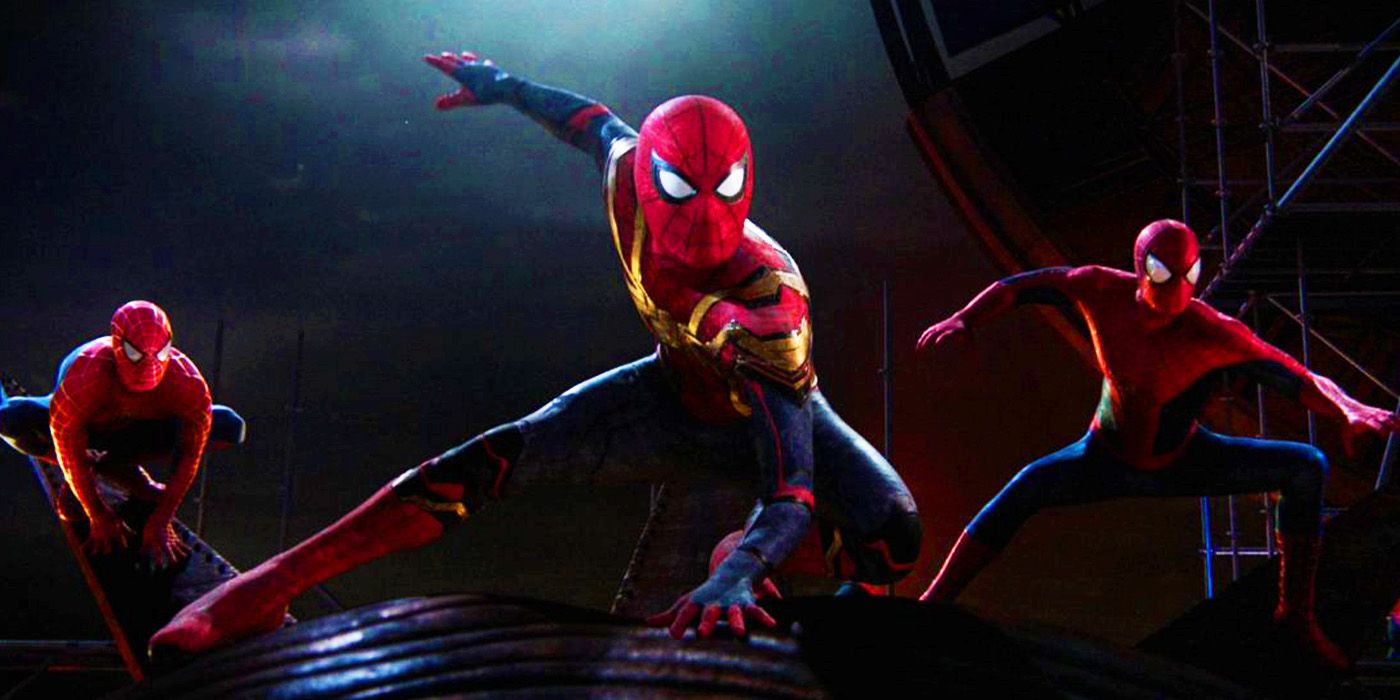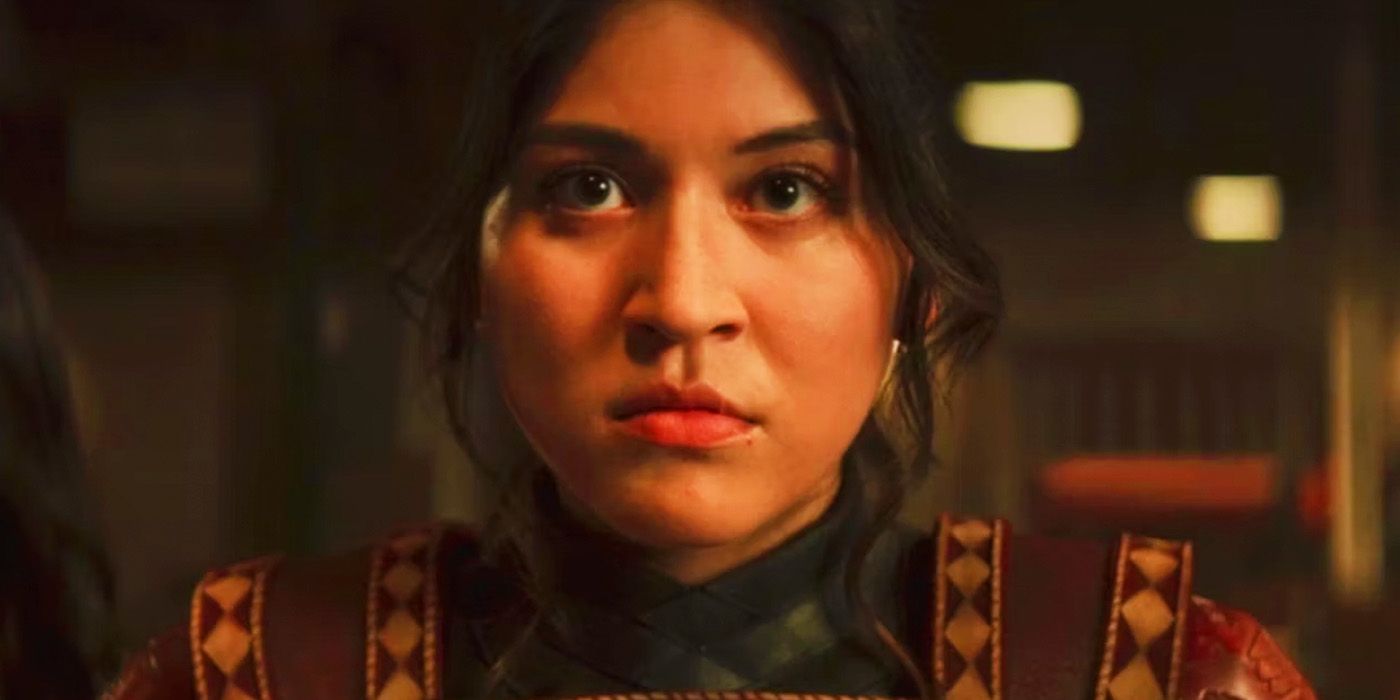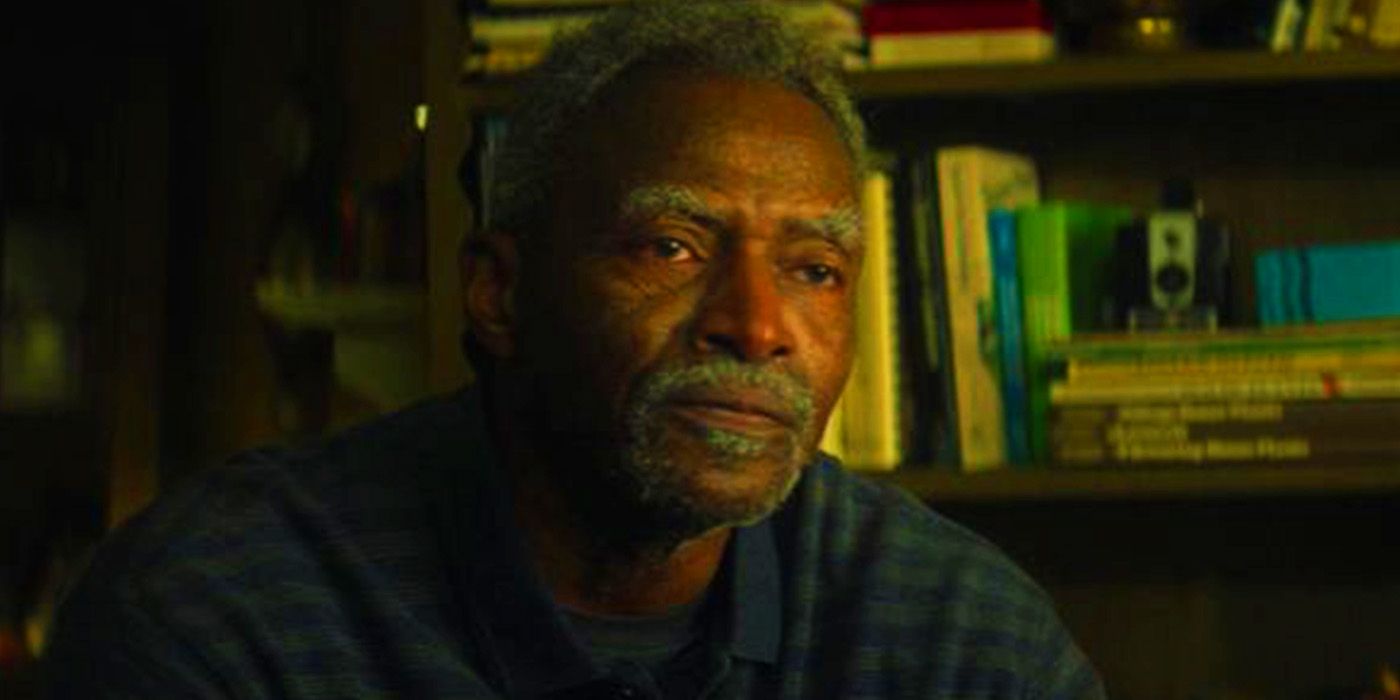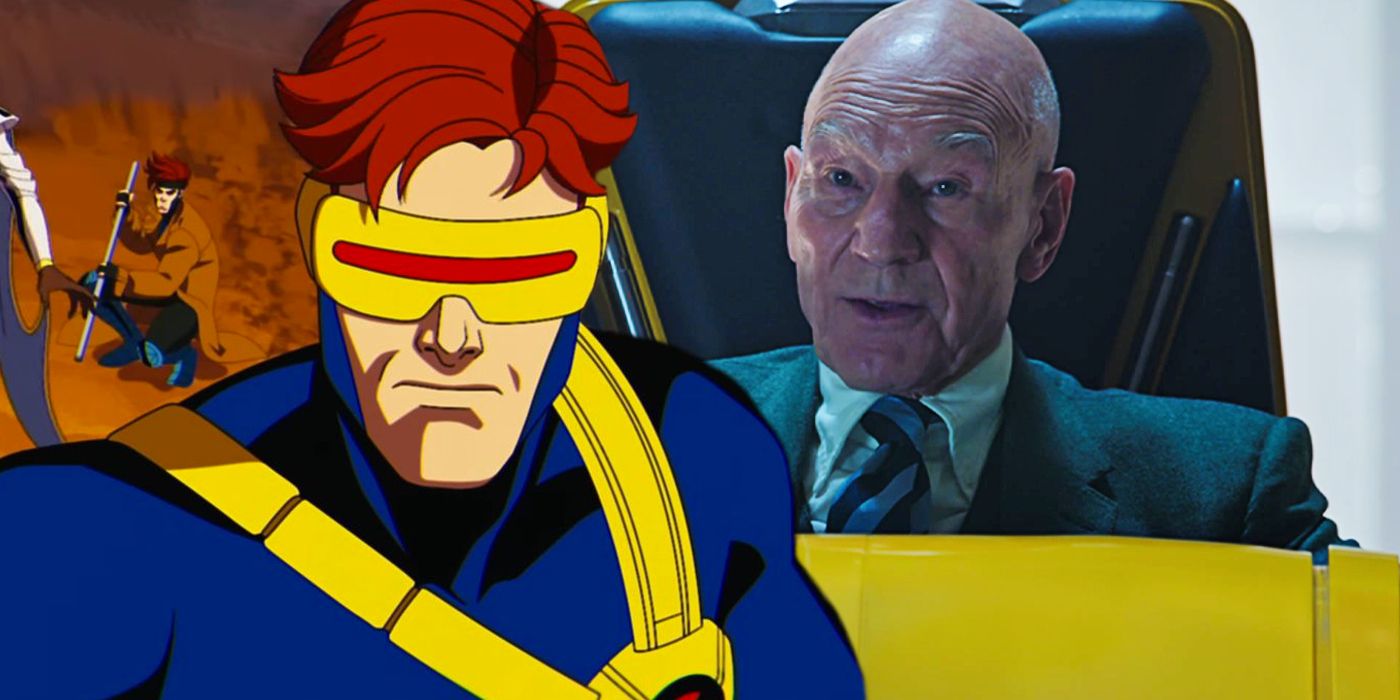
10 Things The MCU Is Still Getting Right After Avengers: Endgame
Summary
- The MCU’s casting has remained consistently brilliant since Avengers: Endgame, with standouts like Simu Liu and Iman Vellani.
- The interconnected world-building of the franchise has remained incredibly solid since 2019, connecting characters and realms across phases.
- The MCU’s recent projects, while facing criticisms, have consistently produced intriguing origin stories, explored mature themes, utilized fan-service well, and used iconic musical cues to perfection.
The Marvel Cinematic Universe has received its fair share of criticisms since Avengers: Endgame, though it remains the case that the franchise is still doing a lot right going into 2024. The Marvel movies releasing in 2024 consist solely of Deadpool & Wolverine, at least where Marvel Studios is concerned. Many are hoping that this movie will be a return to form for the franchise, all while laying the groundwork for the remaining MCU projects on Marvel’s list of upcoming movies to continue the Multiverse Saga satisfyingly.
With Marvel’s upcoming TV shows also showing promising signs of rectifying past mistakes, the MCU may be moving beyond the period of divisiveness it has experienced since 2019. That said, aspects such as shoddy CGI, rushed screenwriting, character absences, lesser action sequences, and the failed balancing of tones have been rightfully applied to the MCU since Avengers: Endgame. Despite the MCU’s promising future and potential change of fortunes, there is a lot that has gone unnoticed of late that the franchise is still getting right, regardless of the low ranking of recent movies.
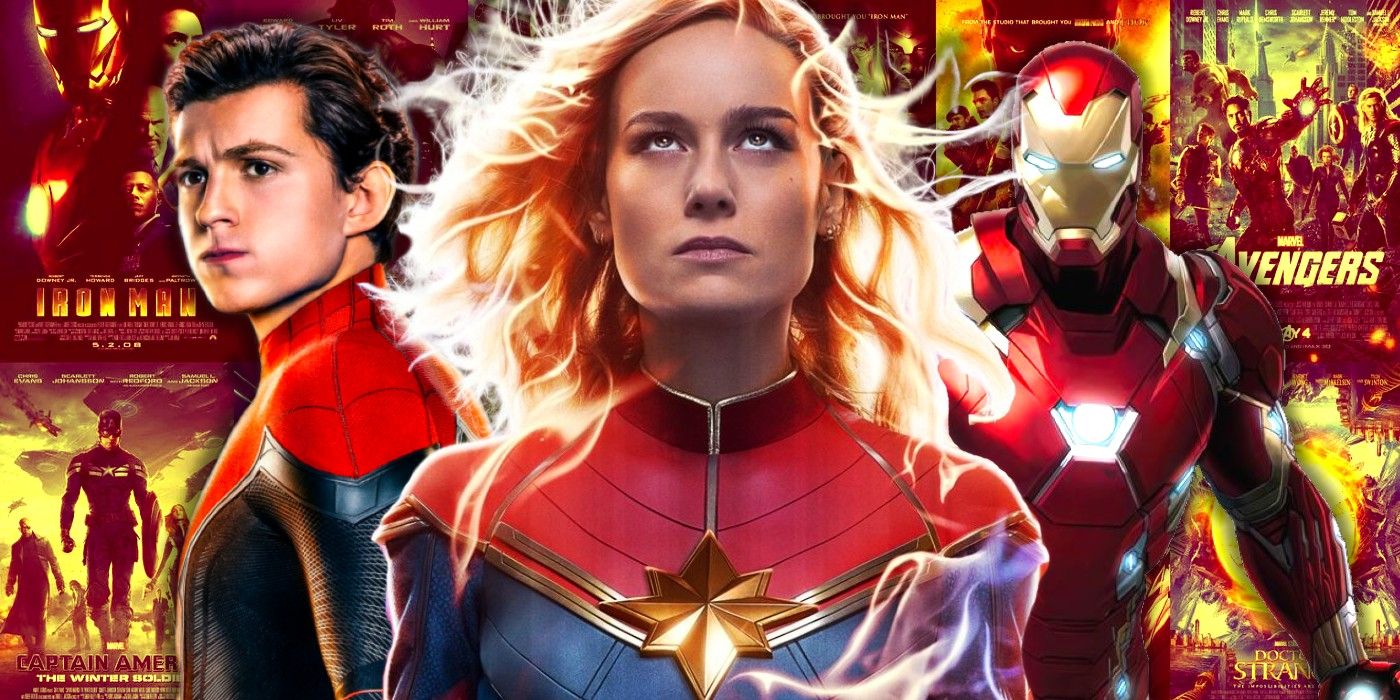
Every Marvel Cinematic Universe Movie Ranked Worst To Best
Over 15 years and 33 movies, the Marvel Cinematic Universe movies have redefined blockbuster cinema. But how do all the films stack up?
10 The Casting Of Central Marvel Characters
Marvel Studios’ ability to pull off incredible castings has not diminished since 2019.
The MCU was praised in the Infinity Saga for its casting, from Robert Downey Jr. and Samuel L. Jackson to Chris Evans and Scarlett Johansson. While the overall quality of projects may have dipped in recent years, the MCU’s casting since Avengers: Endgame has remained consistently brilliant. Some standouts include Simu Liu as Shang-Chi, Hailee Steinfeld as Kate Bishop, Florence Pugh as Yelena Belova, and Oscar Isaac as Moon Knight. Arguably standing above all is Iman Vellani as Kamala Khan/Ms. Marvel, who should be regarded as one of the best superhero castings in history.
9 The World-Building Of The Marvel Cinematic Universe
The interconnected nature of the franchise remains as strong as ever.
Undoubtedly one of the biggest strengths of the Infinity Saga was the world-building of an interconnected franchise, something that allowed the MCU to become one of the most impressive franchises in cinema history at its peak. This has not stopped since 2019, with the interconnected nature of the franchise remaining incredibly solid. It would be impossible to name every way the MCU continues to connect its characters, worlds, and realms, but some standouts from Phases 4 and 5 prove how strong the franchise’s world-building remains.
Other in-universe elements that make the MCU feel like a lived-in world are Ms. Marvel‘s AvengerCon, and the reverence of characters like Bruce Banner, Abraham Erskein, and Hank Pym as real scientists…
The connections of gods between Thor: Love and Thunder, Black Panther: Wakanda Forever, and Moon Knight are such instances of brilliant world-building. Other in-universe elements that make the MCU feel like a lived-in world are Ms. Marvel‘s AvengerCon, and the reverence of characters like Bruce Banner, Abraham Erskein, and Hank Pym as real scientists in the likes of Spider-Man: Far From Home and Spider-Man: No Way Home. Even a more maligned project like She-Hulk fleshed out the MCU via the inclusion of minor superhumans and vigilantes.
8 MCU Characters’ Origin Stories
The beginning adventures of various Marvel characters remain impressive.
Since 2019, several MCU characters – be it in film or TV – have received consistently great origin stories. While the various movies or shows may have been overall lacking in quality, numerous productions have included compelling beginnings for their characters. Shang-Chi and the Legend of the Ten Rings had both: a fantastic origin story and a high quality of filmmaking. Even a lesser-reviewed movie like Eternals’ most interesting quality was its central characters and their origins. Combined with Moon Knight, Ms. Marvel, and Hawkeye, the MCU’s post-Endgame efforts have regularly produced intriguing origin stories.
7 Distinct Visual Styles
A strength of the Infinity Saga has not wavered in the Multiverse Saga.
Undoubtedly a massive strength of the Infinity Saga was the differentiation of movies through distinct visual styles. From the cosmic elements of Guardians of the Galaxy to the Shakespearean halls of Asgard and the more muted, Earth-bound look of the Captain America movies, the MCU did well at allowing each sub-franchise to have its own style. This has continued in the Multiverse Saga in a way that has not wavered.
Movies like Guardians of the Galaxy 3 and The Marvels have continued the cosmic side of the MCU that remains entirely different from the grounded, Earthly tones of shows like Secret Invasion. The visual styles of past decades permeate shows like WandaVision and Loki which remain disparate from the cultural look of Black Panther: Wakanda Forever. The Wuxia-inspired, eastern style of Shang-Chi differentiated it from all aforementioned shows, as did the ancient Grecian design of Eternals‘ various sets and costumes.
6 The Villains Of The Marvel Cinematic Universe
Marvel Studios’ antagonists have arguably never been stronger.
Interestingly, one of the few Infinity Saga elements that received regular criticism was its lackluster villains. In this regard, the Multiverse Saga has arguably improved upon its predecessor since 2019. Only two of the seven films in Phase 4 can be argued to have had poor villains: Black Widow and Thor: Love and Thunder. The rest had suitably evil or compelling antagonists like Scarlet Witch, Wenwu, or Green Goblin, who stand above the majority of Infinity Saga villains. That is without mentioning Phase 5 movie villains like Kang the Conqueror and the High Evolutionary, who are some of Marvel’s best.
|
MCU Phase 4/5 Movie Villains |
Were they considered good antagonists? |
|---|---|
|
Black Widow |
Taskmaster and Dreykov were poor villains, often compared to the weaker entries of the Infinity Saga. |
|
Shang-Chi and the Legend of the Ten Rings |
Wenwu was a brilliant villain with believable motivations, a fantastic performance by Tony Leung, and a threatening physical presence. |
|
Eternals |
Ikaris was a suitably complex villain, while the Celestial hung over the film’s story as a looming presence of doom. |
|
Spider-Man: No Way Home |
Just as he was in Spider-Man 2, Green Goblin stands tall as one of the best villains in any Marvel live-action franchise. |
|
Doctor Strange in the Multiverse of Madness |
Scarlet Witch’s descent into madness is one of the stronger aspects of a divisive film, bolstered by Elizabeth Olsen’s incredible performance. |
|
Thor: Lova and Thunder |
Christian Bale was fantastic as Gorr, but the character was wasted due to a lackluster script with minimal screen time. |
|
Black Panther: Wakanda Forever |
Tenoch Huerta is one of the best MCU casting choices since 2019, bringing Namor to life with equal amounts of threat, emotion, power, and tragedy. |
|
Ant-Man and the Wasp: Quantumania |
Kang the Conqueror was arguably the best part of a controversial film. |
|
Guardians of the Galaxy Vol. 3 |
Refreshingly evil with minimal sympathetic motivations, the High Evolutionary was easy to hate in the best way, bolstered by the madness of Chukwudi Iwuji’s brilliant performance. |
|
The Marvels |
Phase 5’s strong villains came to a halt with Dar-Benn, an underwritten villain who marks an unfortunate low point for the franchise’s antagonists. |
5 The MCU’s Fan Service
Marvel’s use of fan service remains grounded in storytelling.
One MCU aspect that has not worsened is the franchise’s fan service. Elements like the return of Tobey Maguire and Andrew Garfield in Spider-Man: No Way Home or the various cameos of heroes in different projects have been used in ways that do not impact storytelling. Some other examples include James Rhodes appearing in Falcon and the Winter Soldier, Valkyrie having a friendship with Carol in The Marvels, and the end-credit teasers of the X-Men in the latter film. Each made sense within the context of the respective projects, with Marvel not putting fan service over character or story.
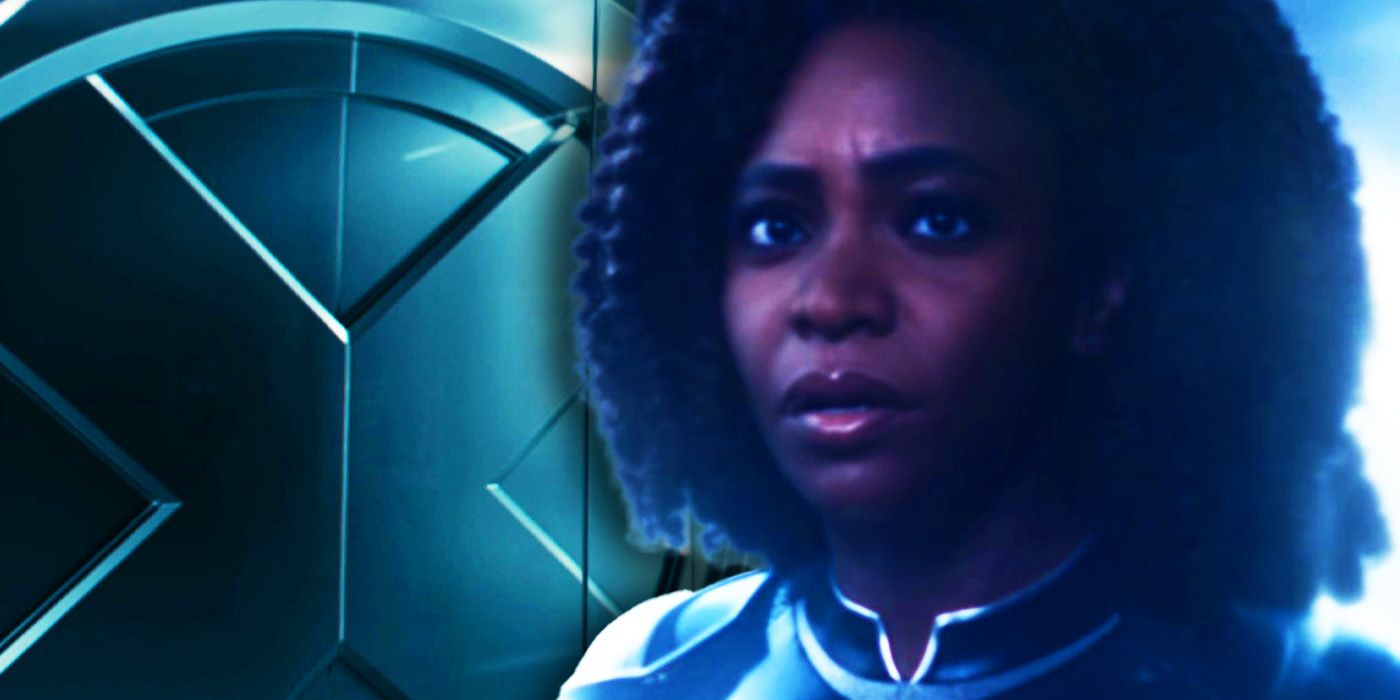
Wait, Is That The Fox X-Men Universe At The End Of The Marvels?!
The ending of The Marvels sees Monica Rambeau trapped in another reality in the MCU’s vast multiverse, one that seems to contain the X-Men.
4 The MCU’s Character Team-Ups
Disparate characters coming together remains an exciting MCU trick.
Be it the three Spider-Men of Spider-Man: No Way Home, the chemistry of the titular team in The Marvels, or the fantastic duos of The Falcon and the Winter Soldier and Hawkeye, the MCU remains a step above its peers in character team-ups. While some aspects of character, like how long some are left on the sidelines, have become worse since 2019, Marvel Studios remains the king of providing satisfying character dynamics. The ensemble casts of Loki and Guardians of the Galaxy 3 proved this further, as will the promising team-up of Deadpool & Wolverine in July 2024.
3 The Representation Of Different Cultures
Marvel continues to be at the forefront of representation in big-budget filmmaking.
In this respect, Marvel Studios has only improved since Avengers: Endgame. The representation of various cultures has only expanded in the Multiverse Saga, allowing people from countries across the world to see themselves reflected in an MCU production. Projects like Black Panther: Wakanda Forever and Moon Knight pushed the representation of African countries to the fore, with the former doing the same for Aztec cultures in the Yucatán via characters like Namor.
Ms. Marvel then opened up the MCU to Pakistani-American culture via Kamala Khan and her family, even going as far as to detail incredibly important events like the Partition of India and the effect this had on the people of Southern Asia. Shang-Chi and the Legend of the Ten Rings explored Eastern Asian cultures through the character’s Chinese mythology, offering another major step forward for representation. Finally, Echo detailed elements of the Choctaw Nation in Oklahoma, bringing Native American representation to the world of the MCU.
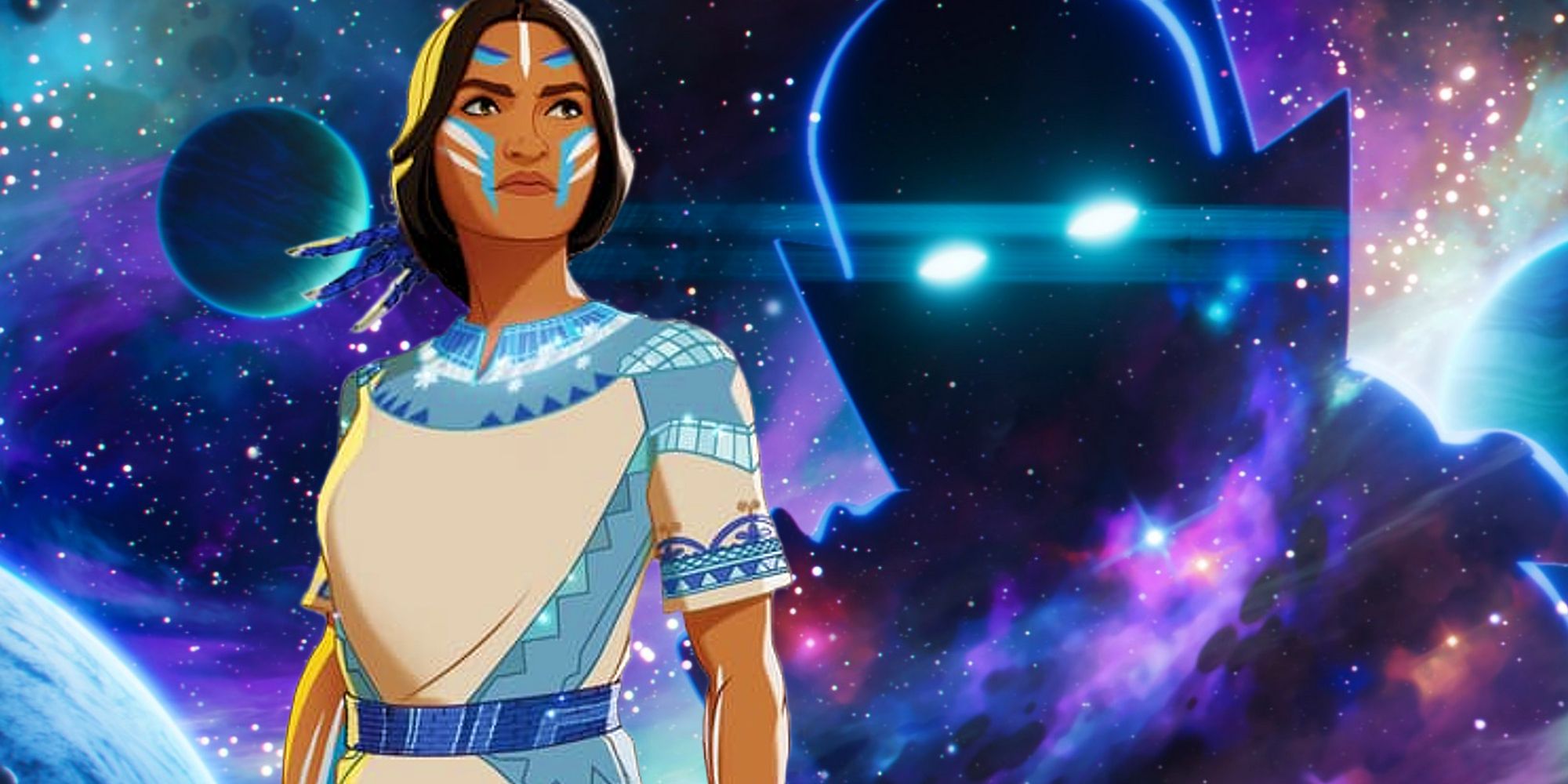
The MCU Multiverse Is Continuing A Great Marvel Trend
Through the introduction of the multiverse to the MCU, Marvel Studios are continuing a much-needed trend that was properly utilized in Phase 4.
2 More Mature MCU Themes
Despite issues with tonal consistency, some MCU themes have been incredibly mature.
A benefit of the MCU’s TV productions has meant that Phases 4 and 5 could explore deeper, more mature themes. From the storylines of characters like Sam Wilson and especially Isaiah Bradley in The Falcon and the Winter Soldier, which dealt heavily with issues surrounding the treatment of African Americans, to elements like the Partition of India in Ms. Marvel, very mature aspects are included in the MCU’s projects to this day. The same can be said for the Spanish colonization of South America explored via Namor in Black Panther: Wakanda Forever.
Other, more mature storylines include Shang-Chi’s assassination of his mother’s murderer and the backstory of Rocket Raccoon shown in Guardians of the Galaxy 3. Combined with the deeper explorations of grief in WandaVision and the tragic history and origins of Marc Spector’s disassociative identity disorder in Moon Knight, it becomes clear that the MCU is not shying away from mature topics. While the franchise has always done this to an extent, the storylines of the Multiverse Saga make it more apparent than ever.
1 Iconic Musical Cues
Marvel’s use of music has continued to contribute towards excitement and worldbuilding.
A smaller aspect of the MCU that has remained impressive is the franchise’s music. Themes synonymous with characters like Doctor Strange were used to tease appearances in projects like WandaVision or Spider-Man: No Way Home. The latter of these projects featured iconic music from Sam Raimi’s Spider-Man trilogy and Marc Webb’s The Amazing Spider-Man films to convey the severity of Tobey Maguire and Andrew Garfield’s appearances. Finally, the classic X-Men: The Animated Series theme has seen a resurgence in properties like Ms. Marvel, Doctor Strange 2, and X-Men ’97 to prove the MCU remains on top of its iconic musical cues.
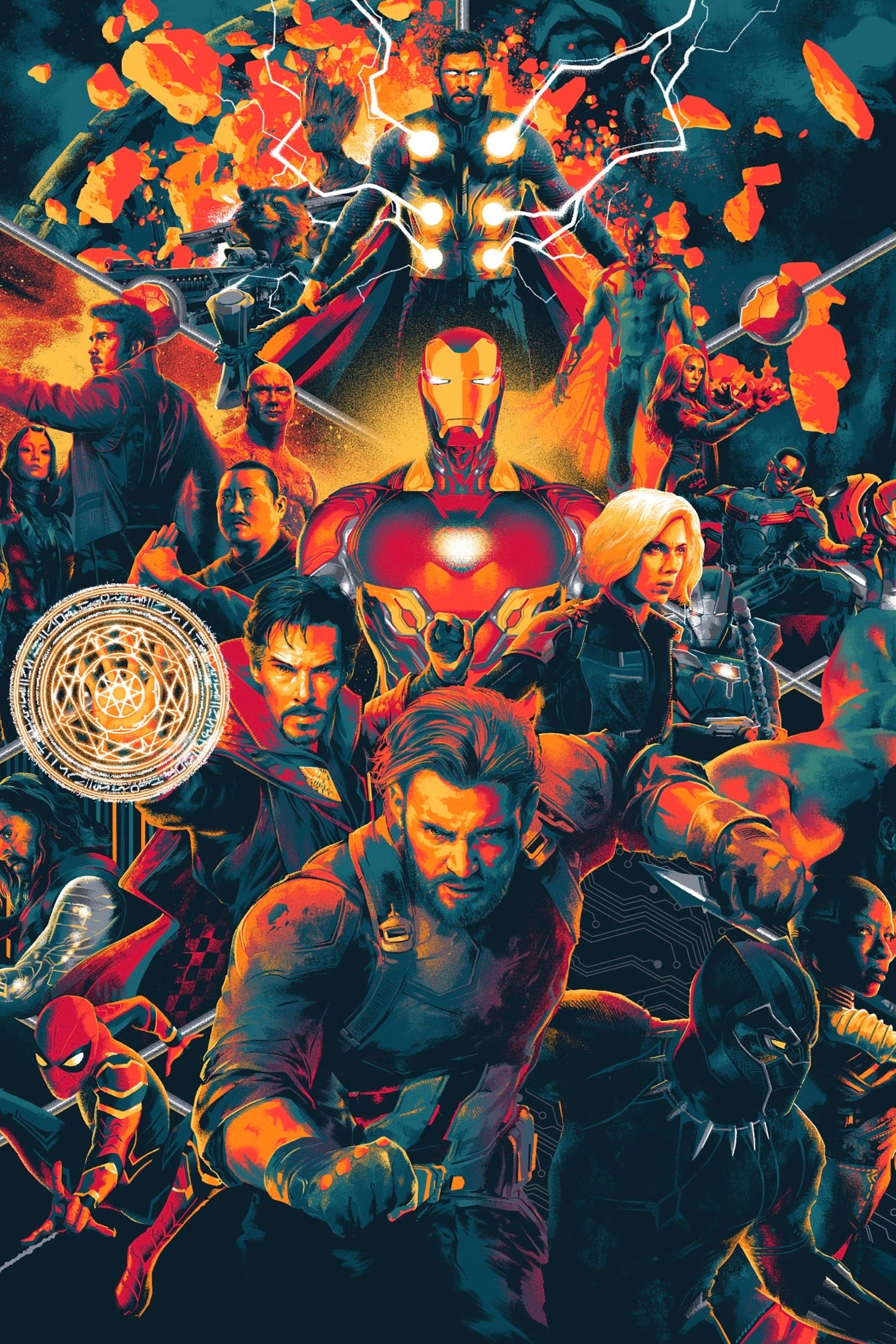
Marvel Cinematic Universe
$12
$40
Save $28
The Marvel Cinematic Universe is a multimedia superhero franchise that began in 2008 with Paramount’s Iron Man starring Robert Downey Jr. The franchise quickly grew in popularity, with Disney eventually buying out Marvel Entertainment in 2009. The MCU consists of dozens of movies and TV shows, most notably Avengers: Endgame, WandaVision, and Loki.

